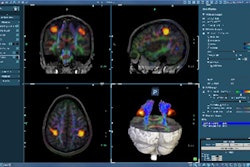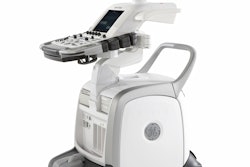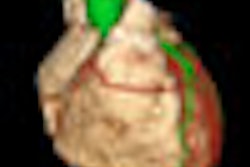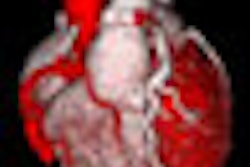Dear Advanced Visualization Insider,
While the use of computer-aided detection (CAD) technology in a second-reader role has been shown to boost sensitivity for detecting lung nodules on CT scans, some believe the technology could be better integrated into clinical workflow if used concurrently in the reading process.
A study team led by Dr. Sumiaki Matsumoto, Ph.D., of Kobe University Graduate School of Medicine in Japan recently compared the performance of three chest radiologists in the evaluation of 60 MDCT lung datasets, first using CAD concurrently and then later as a second reader. The researchers found that the concurrent use of CAD led to comparable results in sensitivity, false positives, and reading time.
Our coverage of the Kobe University research is the subject of this month's Insider Exclusive article, which you have access to in advance of our regular members. To learn more about the use of CAD as a concurrent reader, click here.
In other stories we're featuring this month in your Advanced Visualization Digital Community, a research team led by Dr. Per Skaane, Ph.D., of Ullevål University Hospital in Oslo, Norway, found that CAD use may yield breast cancer detection improvements in an independent, double-reading mammography screening practice. Also, in a study from the Mayo Clinic in Jacksonville, FL, 3D image guidance was found to improve spinal surgery outcomes -- read more about the research by clicking here.
Finally, do you have any interesting images or clips that might be suitable for our Advanced Visualization community gallery? I invite you to submit them by clicking here.




















